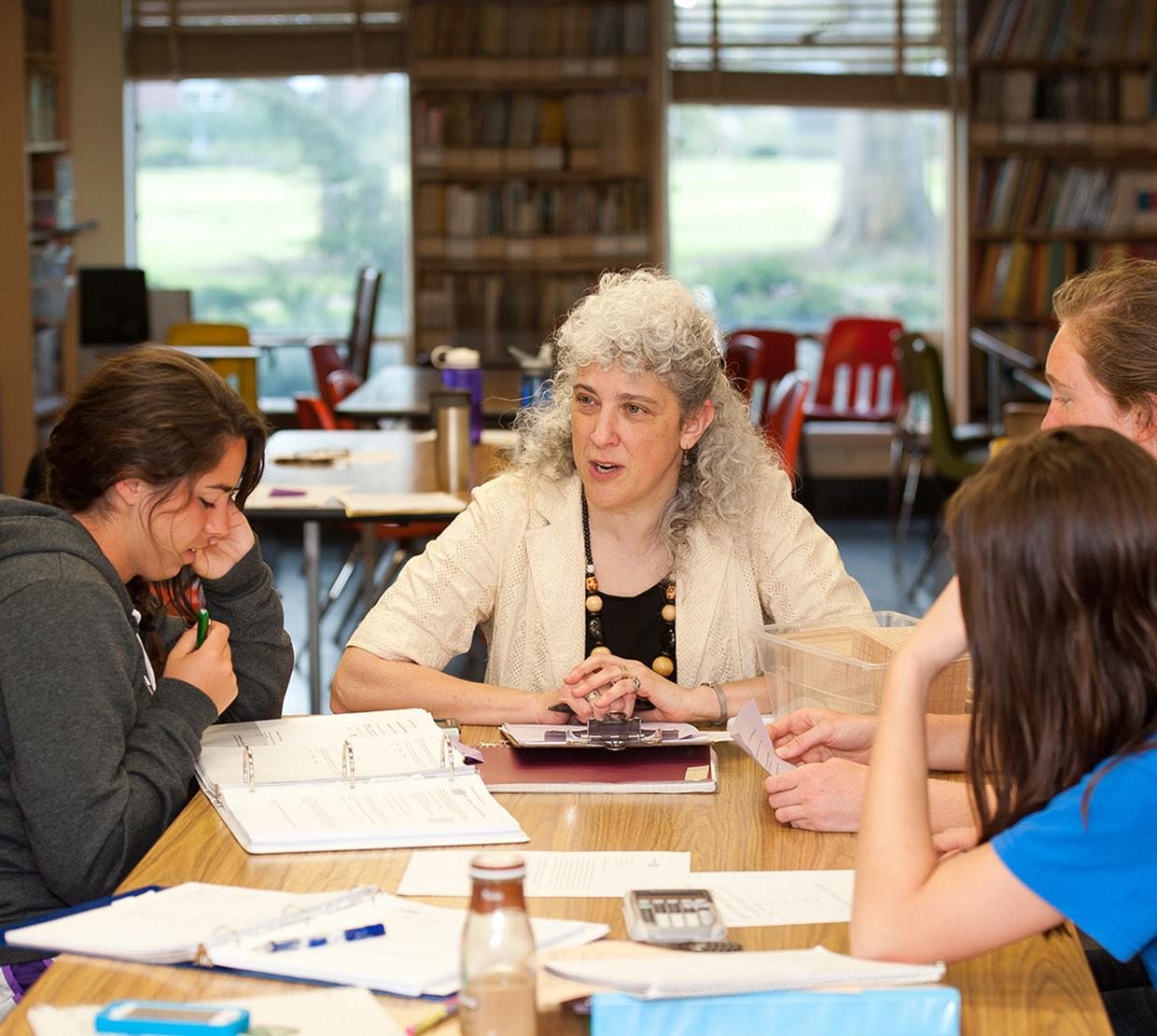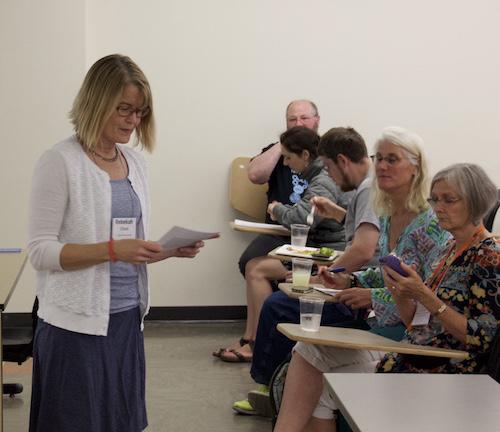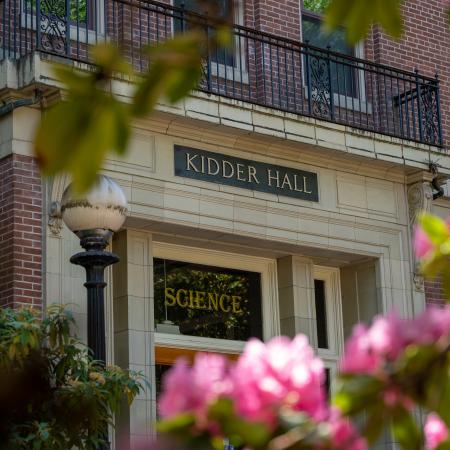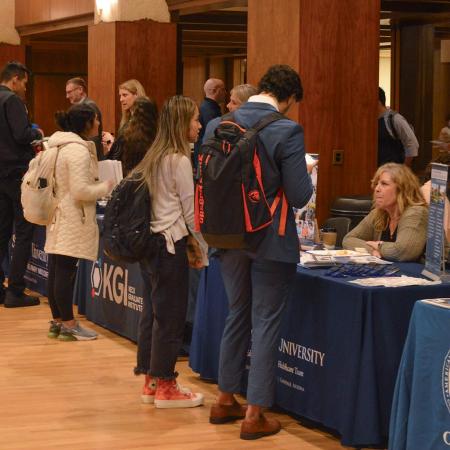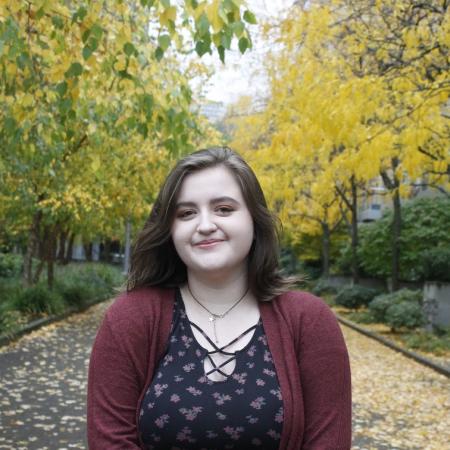At AMSSI, participants enjoyed multiple opportunities to connect with OSU scientists as well as OSU faculty for professional development on math content for teaching, ambitious science teaching, and equitable teaching practices. Five invited plenary speakers shared expertise on a range of critical issues for math and science teaching and for supporting diverse learners such as "Working with words: Fostering productive talk in your classroom" and "An Indigenous Perspective of Equity in Mathematics Education."
The Institute featured STEM learning innovations—including mathematical modeling, virtual reality, drone technology, and much more—presented by members of STEM Hubs from across the state. Educators had opportunities to consider the role of math and science modeling, a cycle where learners solve real world problems using science or math concepts and processes to construct solutions that are both mathematically and scientifically accurate and useful for making progress on the problem, for their students. Participants also made "field trips" to explore classroom modeling opportunities across various OSU facilities such as the Wave Lab, Dairy Barns, Nutrigenomics Research Lab, Radiation Center, Propulsion Lab, and more.
Conference organizers Tom Dick (mathematics) and Rebekah Elliott, SueAnn Bottoms and Wendy Aaron from the College of Education were enthusiastic about the depth of discussion and the connections participants made between STEM content and classroom learning. They are already discussing ways to improve and build on this effort for next year, including ways to increase participation and continue the partnership with the Oregon Department of Education. Institute faculty were especially appreciative that Sastry G. Pantula, Dean of the College of Science, and Jana Bouwma-Gearhart, Associate Dean of the College of Education, were present to greet educators, express gratitude for the group of secondary STEM educators’ dedication to the profession, and highlight the important role these educators play in setting the foundation for Oregon students to enter STEM careers and to be college ready.
“The educators who attended this year’s Institute were amazingly engaged in considering ways to improve math and science learning in their classrooms,” said Dr. Elliott. “One educator came up to me to say, ‘I want this kind of professional development for my whole math department!’ We are working to figure out how we can make that happen in this region through-out the year, building on partnerships formed this week.”
